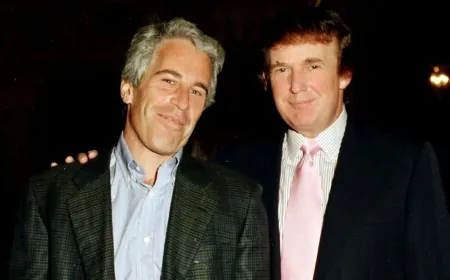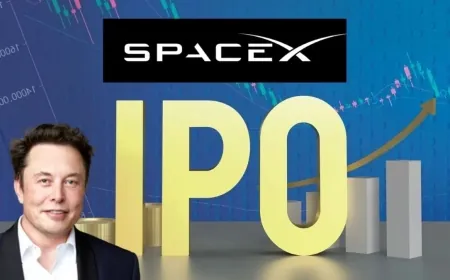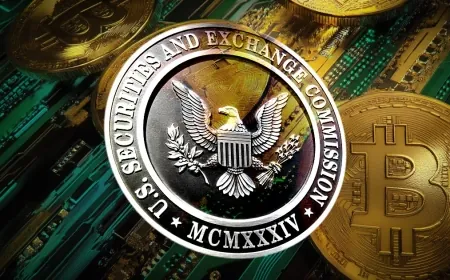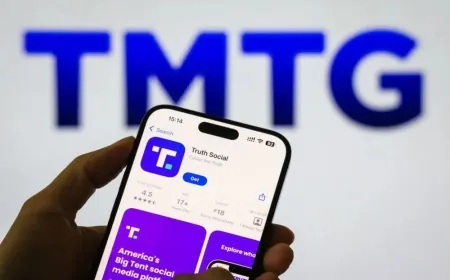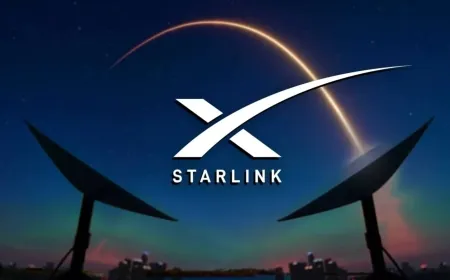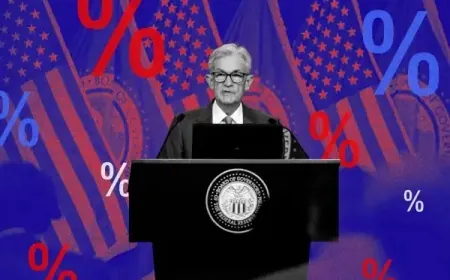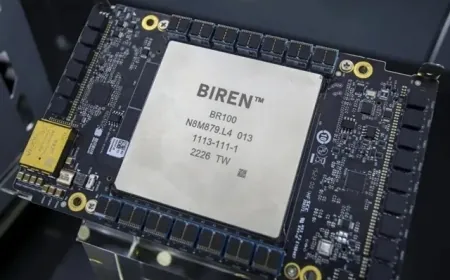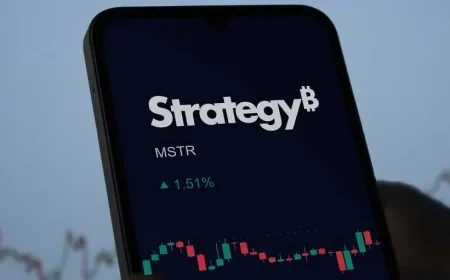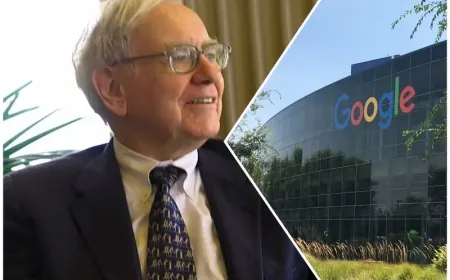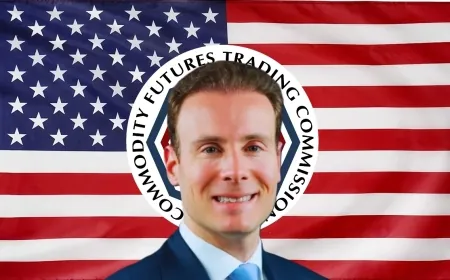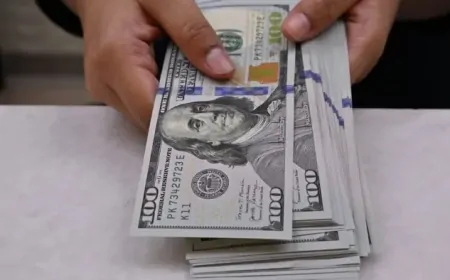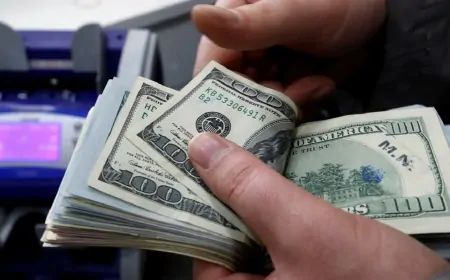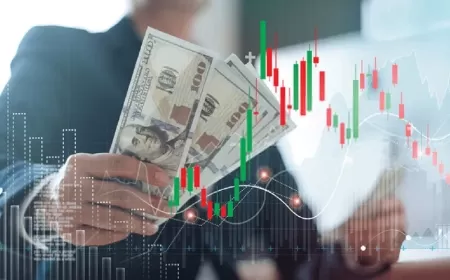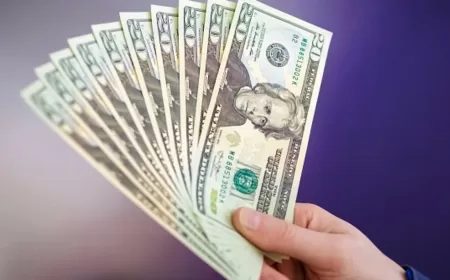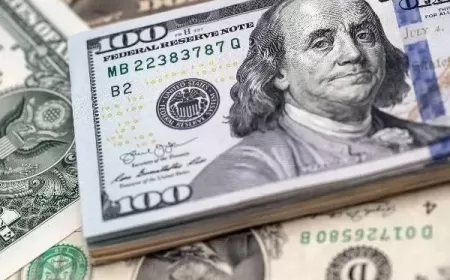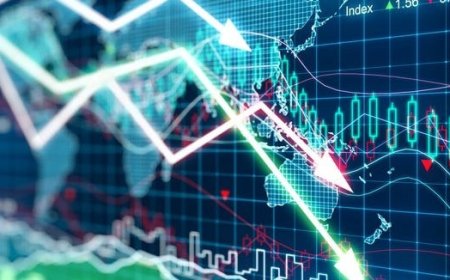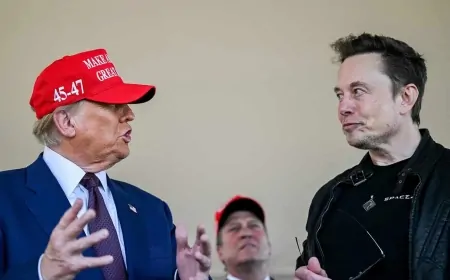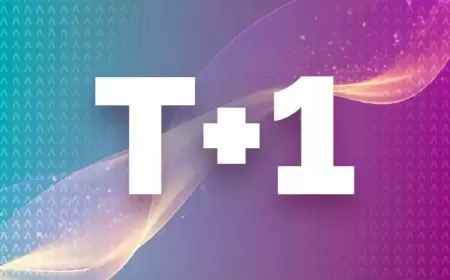Nvidia and Tesla Stocks Rally Forces More Than $250 Billion in Short Seller Losses
Since April, Nvidia’s AI boom and Tesla’s EV growth sparked a $250B short squeeze, driving a major market rebound with help from Palantir and Hims & Hers.
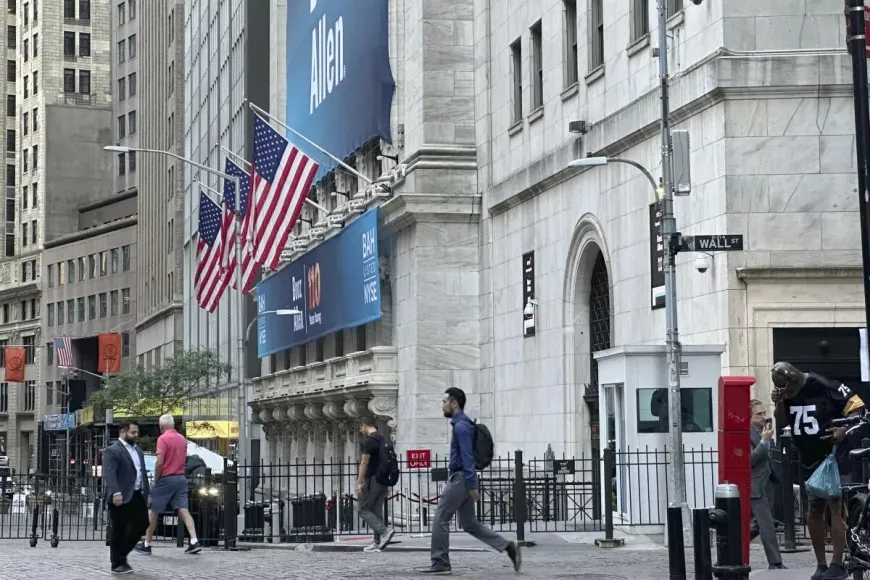
The U.S. stock market has staged a striking rebound since early April, sending shockwaves through investors betting against stocks—known as short sellers. Between April 8, when the market bottomed out, and May 20, short sellers have collectively lost more than $250 billion, a staggering figure that underscores the rapid and unexpected nature of the rally.
This dramatic turnaround has been led by two of the most closely watched companies in the market: Nvidia and Tesla. These tech giants alone have inflicted over $19 billion in losses on short sellers. The ripple effects have extended beyond tech, hitting retail favorites and cryptocurrency-linked stocks as well. The story behind this market surge reveals a complex interplay of easing geopolitical tensions, corporate developments, and shifting investor sentiment that has blindsided bearish investors.
How Nvidia and Tesla Became the Epicenter of the Short Squeeze
Nvidia, the world leader in graphics processing units (GPUs) and artificial intelligence (AI) chips, has enjoyed a surge in investor confidence largely due to easing trade restrictions between the U.S. and China. The geopolitical tensions and regulatory uncertainties that plagued its supply chain for much of last year have subsided, clearing the path for Nvidia to maintain its leadership in high-demand sectors like data centers, gaming, and AI-driven applications.
The company’s upcoming earnings report, set for May 28, has investors bullish, expecting Nvidia to showcase strong revenue growth driven by AI and cloud computing demand. The anticipation has driven Nvidia’s stock higher, forcing short sellers to scramble to cover positions to avoid even larger losses.
Tesla’s surge stems from a different but equally compelling set of factors. After months of CEO Elon Musk’s attention being divided between his various ventures—including Twitter and the Department of Government Efficiency (DOGE)—investors reacted positively when Musk redirected his focus to Tesla’s core business. Tesla’s expanding production capabilities, new factory openings, and robust vehicle delivery numbers have renewed confidence in the company’s ability to maintain its leadership position in the electric vehicle (EV) market.
Tesla’s shares have surged in response, causing short sellers to suffer significant losses. The company's stock volatility and high short interest had made it a prime target for a short squeeze, but the sustained rally has been fueled by real operational progress.
Crypto and Retail Stocks Power the Market Surge Alongside Titans
While Nvidia and Tesla headline the short seller losses, other companies have also contributed to the massive squeeze. Palantir Technologies, a data analytics company favored by retail investors, has seen its stock rise more than 55% since early April. Palantir’s growth has been supported by expanding government contracts and increasing commercial sector penetration, making it an attractive growth story despite macroeconomic uncertainty.
Similarly, Hims & Hers, a telehealth and wellness company, has doubled its stock price since the market bottom. The company has benefited from increased demand for accessible healthcare products and services, amplified by shifting consumer preferences post-pandemic.
The bitcoin-focused firm Strategy (MSTR) has perhaps been one of the most surprising beneficiaries. With its large holdings of Bitcoin, Strategy’s shares have soared over 68% amid a broader resurgence in cryptocurrency markets. This jump has resulted in over $5 billion in losses for short sellers betting against the company.
The Impact of Tariffs on Recent Market Gains
This stock surge was initially ignited by President Donald Trump’s announcement on April 9 of a 90-day delay on tariffs affecting goods from China. This move effectively paused a major source of uncertainty and fear for investors, triggering the S&P 500’s best single-day gain since the 2008 financial crisis.
The tariff delay reduced concerns about an escalating trade war that could harm global economic growth and corporate earnings. As further tariff rollbacks followed, confidence in the market’s ability to weather external shocks strengthened, and stock prices continued to climb.
However, this rally has not been purely a reaction to trade policy. It has also been powered by short sellers being forced to buy back shares in what is known as a “short squeeze.”
Understanding the Short Squeeze
A short squeeze occurs when stock prices rise quickly, compelling investors who bet on falling prices (short sellers) to buy shares to cover their positions and limit losses. This forced buying adds upward pressure on the stock price, triggering a feedback loop where more shorts cover, pushing prices even higher.
The scale of this short squeeze is extraordinary. Many of the companies involved had unusually high short interest, making them vulnerable when sentiment shifted. Stocks like Tesla and Nvidia, often polarizing among investors, had large numbers of traders betting against them. When those bets went wrong, short sellers rushed to exit positions, amplifying the rally.
Expert Perspectives on the Rally and Short Squeeze
Viktor Hjort, head of debt and equity strategy at BNP Paribas, emphasized that the rally was driven more by forced short covering than by a sudden improvement in economic fundamentals. “The market was caught short at a time when there was no fresh fundamental information,” Hjort said. He warned that upcoming economic data could introduce volatility and test the rally’s durability.
Jill Martinez, portfolio manager at Clearview Capital, highlighted the strong company-specific drivers supporting the rally. “Nvidia’s dominance in AI chipsets and Tesla’s production growth are real growth stories. When combined with easing trade tensions, they create a compelling case that shorts underestimated.”
Key Economic Factors Influencing the Market
Despite the impressive rally, uncertainties remain. Inflation remains elevated globally, central banks are weighing aggressive interest rate hikes, and trade negotiations between the U.S. and China continue to evolve. The next few months will be critical in assessing whether corporate earnings can keep pace and if economic data will support the market’s optimism.
Economic indicators, including inflation figures, employment data, and trade balances scheduled for release in June, will provide clearer insight into the economy’s trajectory. Investors will be closely watching to see if the recent rally is sustainable or if it represents a temporary rebound fueled primarily by short covering and policy relief.
Company-Specific Outlooks
-
Nvidia: With its strong foothold in AI chips, gaming, and data centers, Nvidia is positioned to benefit from growing demand across multiple sectors. The company’s earnings report will be a key milestone, potentially setting the tone for the tech sector in the months ahead.
-
Tesla: Tesla’s growth depends on its ability to scale production efficiently while maintaining quality and expanding its vehicle lineup. With new factories opening globally, Tesla aims to stay ahead in the increasingly competitive EV market.
-
Palantir: The company’s future growth hinges on expanding beyond government contracts into the commercial sector. Its software platform’s adoption in industries like healthcare and finance will be critical.
-
Hims & Hers: Continued expansion in telehealth and direct-to-consumer healthcare services, coupled with product innovation, will drive its stock performance.
-
Strategy (MSTR): As Bitcoin’s price fluctuates, Strategy’s stock remains tightly linked to cryptocurrency markets. Continued crypto adoption and regulation will influence its trajectory.
How Investors and Short Sellers Are Affected
The recent market surge serves as a cautionary tale about the risks of short selling in volatile and policy-sensitive environments. Investors betting against popular tech and retail names were blindsided as sentiment shifted rapidly, forcing costly position covers.
For long-term investors, the rally underscores the importance of company fundamentals, sector trends, and the broader macro environment. While short-term price swings can be dramatic, sustainable growth often hinges on innovation, execution, and navigating geopolitical challenges.
Also Read: Stock Market Rally Driven by Trade Talks and Key Earnings This Week
